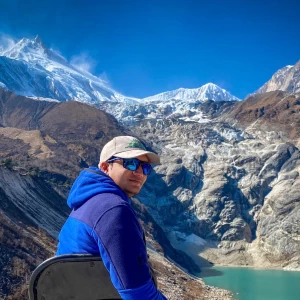Plan your Nepal trek with confidence. This guide breaks down costs, helping you budget effectively for your adventure. Read more to start planning!
How Much Does A Trek In Nepal Cost In 2025 and 2026?
Table of Contents
Trekkers are drawn to Nepal for the popular walks in the Himalayas like the Annapurna Base Camp Trek and EBC trek, as well as routes to Manaslu and Kanchenjunga. The walk is the chance to immerse in the remote vibrant culture and warm hospitality of the local communities.
The diverse trekking routes, from iconic paths to hidden trails, provide adventures that suit both beginners and seasoned trekkers.
Proper budgeting is crucial for a successful trek in Nepal. On average, trekking in Nepal costs expect to spend between $400 and $2,500 for treks. This covers the permits, entry fees, food, guides, porters, and lodging.
Budgeting also helps determine the right trek for your financial comfort whether it’s a popular route like the Everest Base Camp or a more remote trail in the Kanchenjunga region.
Also, check Tours and Trekking in Nepal
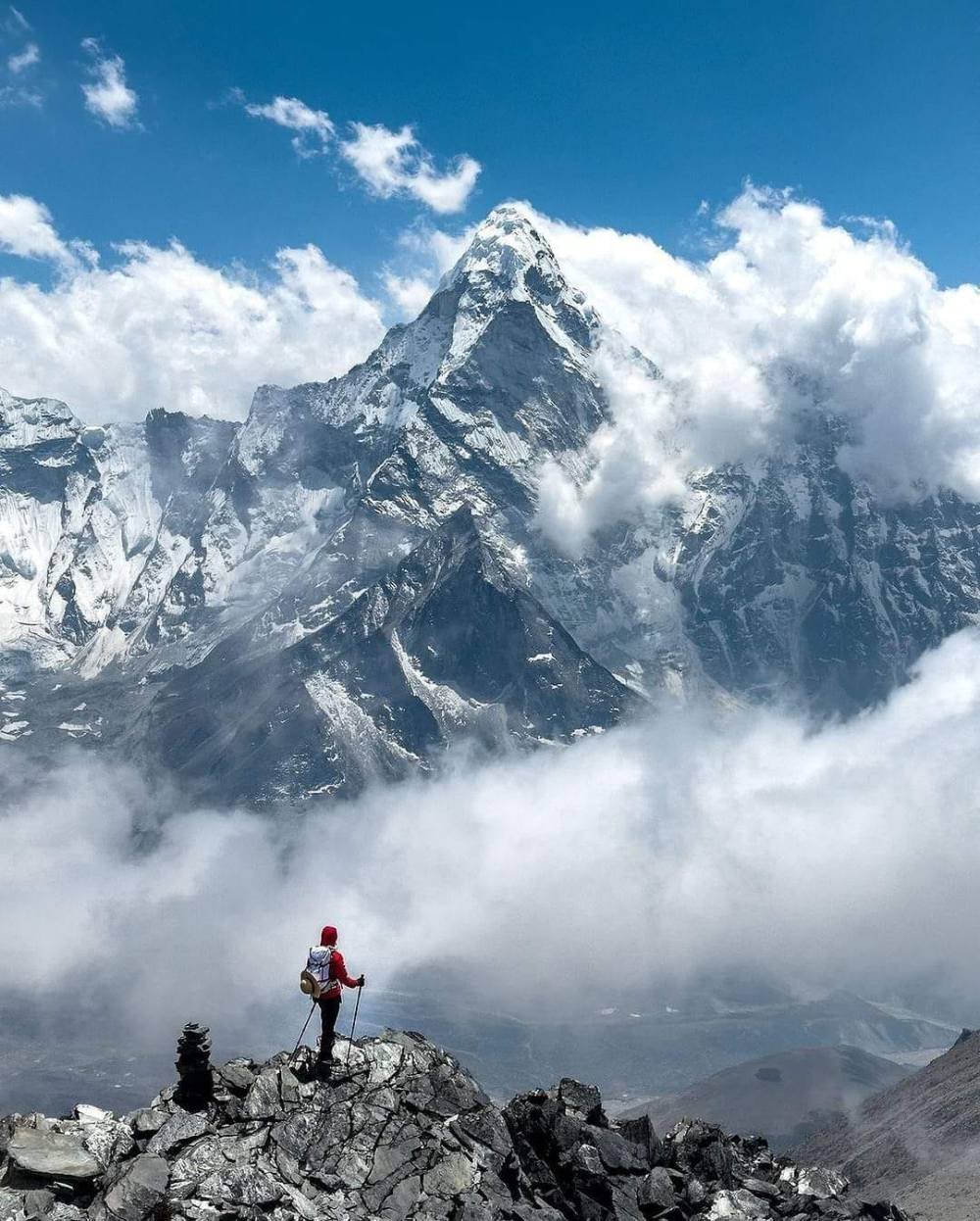
Trekking Costs in Different Regions of Nepal
Trekking costs in Nepal vary greatly depending on the region, services, and trek duration. Below, we break down the costs for different trekking areas to help you plan effectively.
Everest Region Trekking Costs
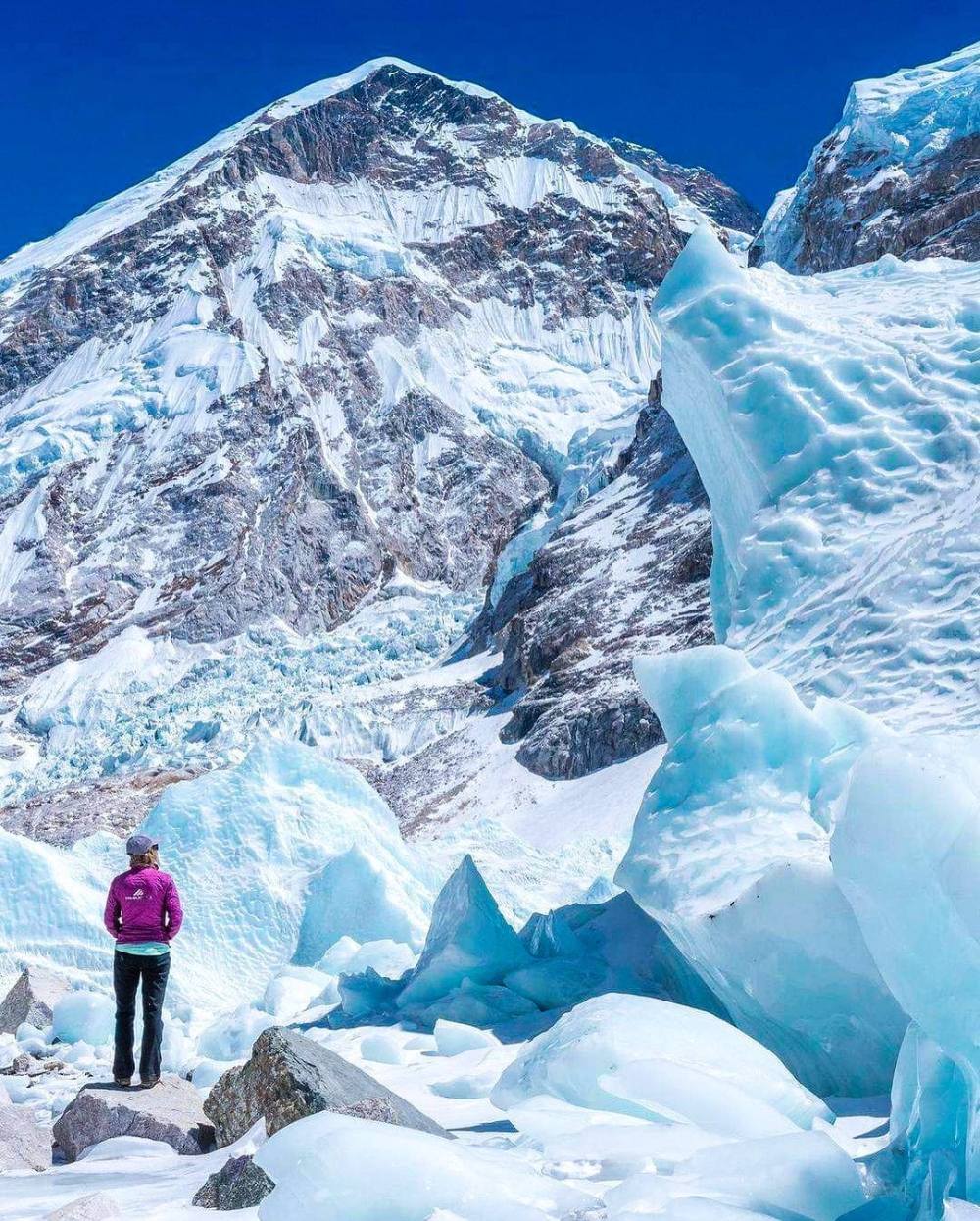
The Everest region is one of the most popular trekking destinations in Nepal, especially known for the iconic Everest Base Camp Trek. It offers incredible views of Mount Everest and the Khumbu Region.
Along with that, you will experience Sherpa’s hospitality and an enriching cultural experience. Trekkers can also visit the Khumjung Monastery to explore the legendary Yeti Scalp.
The average daily cost for food and accommodation ranges from $30 to $50. To trek in this region, you will need the Sagarmatha National Park entry permit and the Khumbu Pasang Lhamu Rural Municipality permit.
The Solukhumbu regional fee is about $20 per person, while the National Park entry permit costs approximately $30, including VAT.
Hiring a guide costs around $30 to $40 per day, and porters charge between $20 and $25 per day. Additional expenses include flights to Lukla, costing roughly $220 each way.
Moreover, depending on the services, the cost for the Everest Region, including the EBC trek, starts from $1,700 to $5,000.
Note: If you decide to eat elsewhere, you may need to pay an extra $10 for your room.
Hot showers are not usually free. They cost $2 to $6 each. Electric blankets or heaters may be available for $20 per night. Charging devices cost $2 to $6 per hour.
Charging a power bank will cost around $10. WiFi is often not free and costs $2 to $5 per hour. The internet service is generally slow in the mountains.
Also, check, Best Hike in Nepal
Annapurna Region Trekking Costs
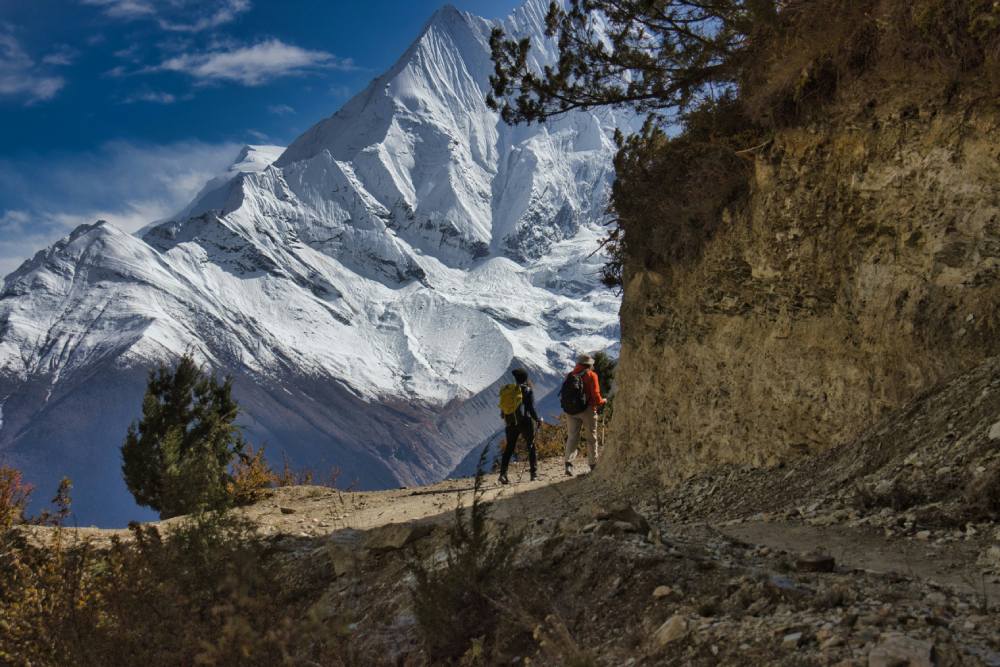
The Annapurna region is known for its rich culture, diverse people, and vibrant traditions. The local communities, including the Gurungs and Thakalis, are famous for their hospitality and warm smiles.
The Annapurna Base Camp Trek and Annapurna Circuit Treks are the most popular trekking destinations in the region, offering a rich cultural experience and challenging routes.
Food and lodging costs in this region range from $20 to $40 per day. Hiring a guide typically costs around $30 to $35 per day. A porter may charge between $20 to $25 daily.
You will need permits for your trek. The Annapurna Conservation Area Permit (ACAP) costs about $30. The Trekkers’ Information Management System (TIMS) card costs $20.
Additionally, a private tour of the Upper Mustang in Annapurna region needs ‘Restricted Area’ permits. It costs $500 per person for 10 days. After 10 days it is charged $50 per day per person.
Transportation to the trailhead will also add to your budget. Costs depend on where you start. Proper budgeting will ensure a fulfilling experience in the breathtaking Annapurna region.
The cost of trekking in the Annapurna region varies greatly. It depends on the route, type of trek, and services provided. Prices start at $399 and can go up to $5,000.
Langtang and Helambu Region Trekking Costs
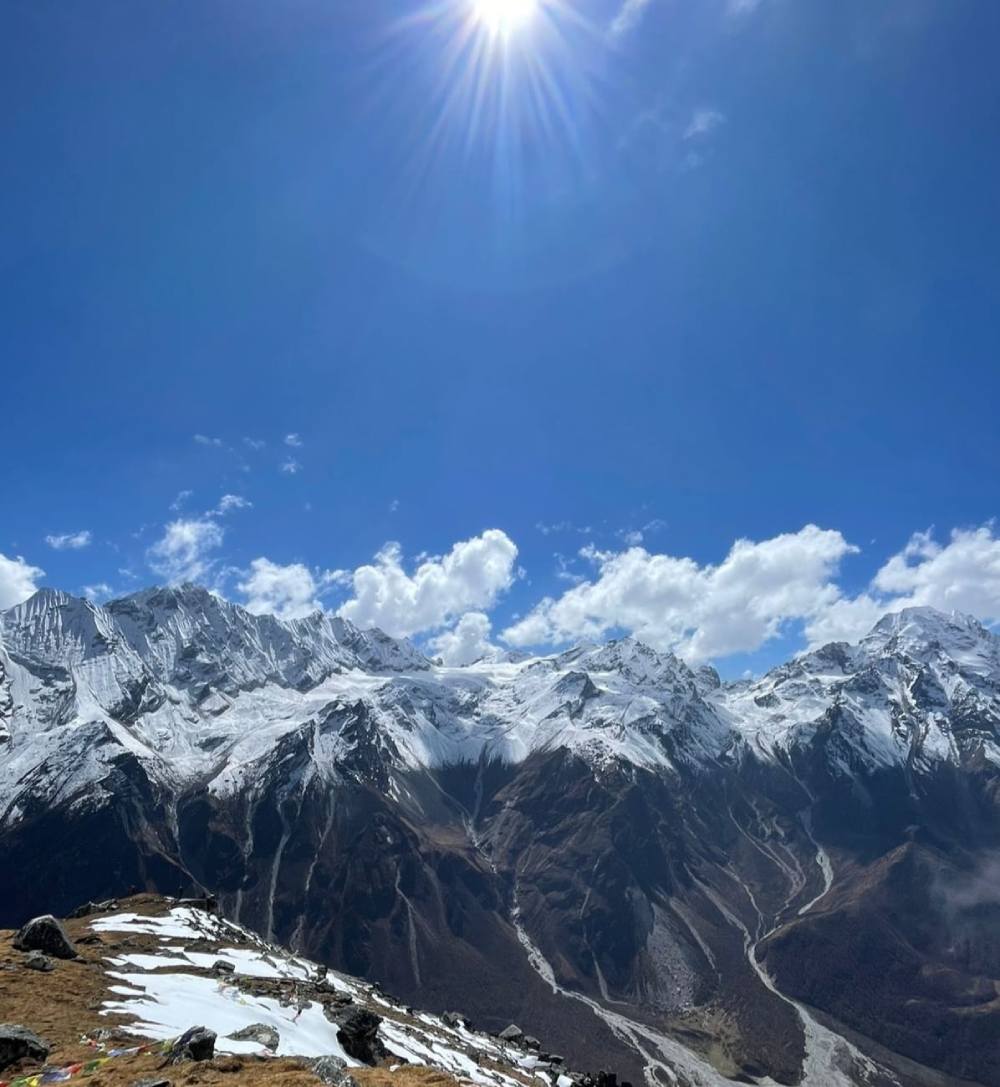
The Langtang and Helambu regions offer beautiful trekking trails close to Kathmandu. These areas are known for their stunning landscapes and peaceful atmosphere.
Trekkers enjoy views of forests, rivers, and snow-capped peaks. The people here are mainly Tamang and Sherpa communities.
They celebrate festivals like Losar and Buddha Jayanti. Trekkers can also experience traditional music like Tamang Selo.
Daily food and accommodation costs range from $20 to $35 per person. Hiring a guide costs around $25 to $30 per day, while a porter costs about $15 to $20 daily.
You need permits like the Langtang National Park permit, which costs about $30, and the TIMS card for around $10. Additional expenses may include transportation to the trailhead and entry fees for local sites.
The cost of trekking in the Langtang and Helambu regions varies greatly. It depends on the route, type of trek, and services provided. Prices start at $999 and can go up to $3,000.
Lower-altitude Trekking Routes Costs
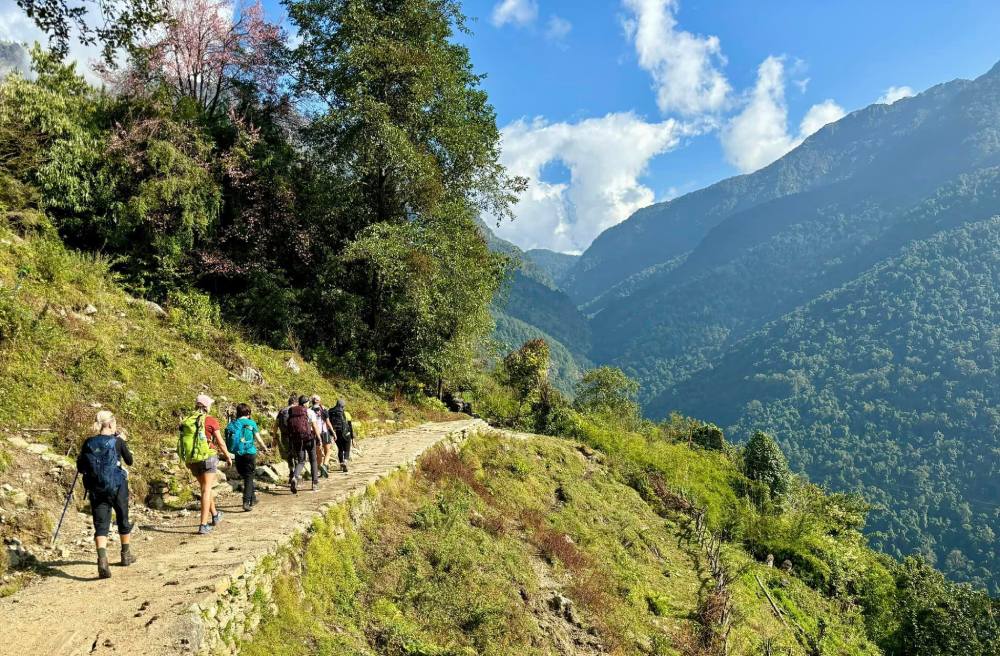
Lower-altitude treks in Nepal are perfect for beginners and those with limited time. Popular options include the Ghorepani Poon Hill trek and Kathmandu Valley treks.
These routes offer beautiful views without reaching high altitudes. Costs for these treks are generally lower compared to high-altitude regions. They provide an affordable and easy way to experience trekking in Nepal.
Daily food and lodging expenses range from $15 to $25 per person. Permit fees are also more affordable, with ACAP or Shivapuri National Park permits costing around $30 to $10.
Guides may cost $20 to $25 per day, while a porter costs about $15 daily. Transportation, such as buses to the trailheads, typically ranges from $10 to $20.
Budgeting for these costs ensures a comfortable and enjoyable journey on these scenic lower-altitude routes. These treks are budget-friendly yet still offer incredible natural and cultural experiences.
Off-the-beaten Trekking Costs

As the off-the-beaten Trekking needs a special permit they are the restricted areas of Nepal. The Manaslu Circuit Trek and Makalu Base Camp Trek are examples of treks that require restricted area permits. Here are the lists of permits along with their cost.
Manaslu:
Restricted Area Permit (RAP):
USD 75 per person for the first 7 days (Dec-Aug).
USD 100 per person for the first 7 days (Sep-Nov).
Additional cost beyond this period: USD 10 or USD 15 per day.
Manaslu Conservation Area Permit (MCAP): USD 30 per person.
Annapurna Conservation Area Permit (ACAP): USD 30 per person.
Upper Mustang:
Restricted Area Permit:
USD 500 for the first 10 days.
Additional USD 50 per extra day.
Annapurna Conservation Area Permit (ACAP): USD 30 per person.
Nar Phu Valley:
Permit (Sep-Nov): USD 100 per week.
Permit (Dec-Aug): USD 75 per week.
Additional cost beyond the first week: USD 15 or USD 10 per day.
ACAP Permit: USD 30 per person.
Kanchenjunga:
Restricted Area Permit (RAP):
USD 20 for the first week.
USD 25 from the following week.
Kanchenjunga Conservation Area Project (KCAP): USD 20 per person.
Tsum Valley:
Tsum Valley Restricted Permit:
USD 40 per person for the first 8 days.
Additional USD 7 per person per day after the first 8 days.
For December to August: USD 30 per person per week.
Additional USD 5 per person per day beyond the first week.
Annapurna Conservation Area Permit (ACAP): USD 30 per person.
Manaslu Conservation Area Permit (MCAP): USD 30 per person.
The price for trekking in the restricted areas depends upon the itinerary and services.
Camping Trek Costs
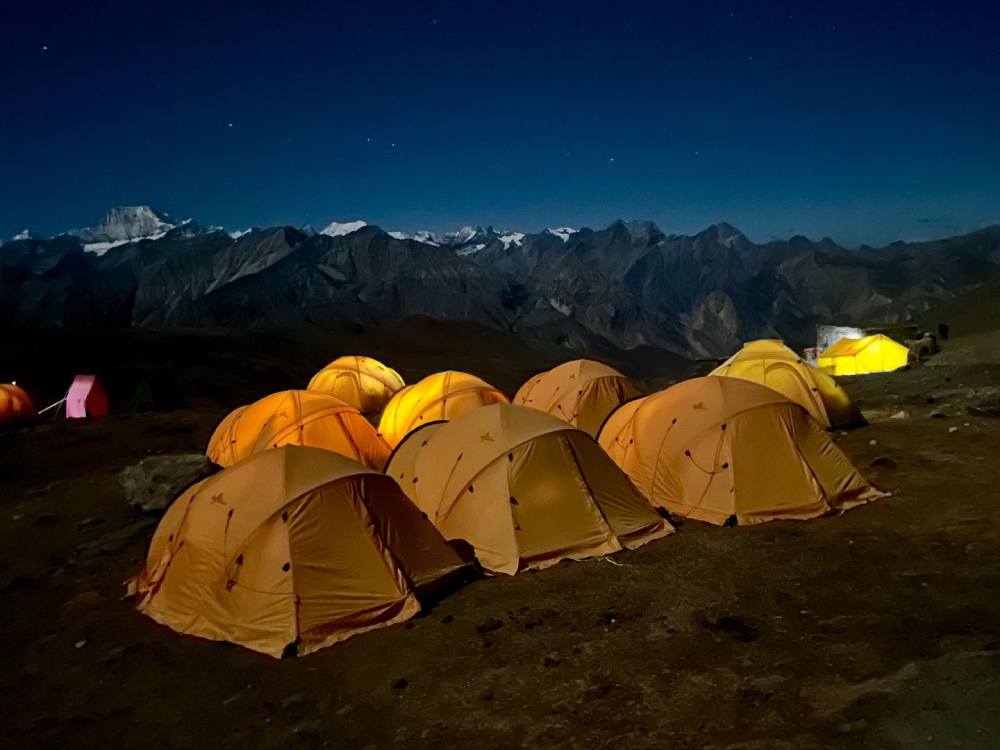
Camping treks in areas like Dolpo, Humla, Annapurna North Base Camp, and Dhaulagiri Circuit are exciting adventures. These treks cost between $100 to $130 per person each day and can go up to $150 per day, depending on services.
The cost includes food, tents, and other camping supplies. You will need a cook, guide, and porters, and their fees will add to your expenses. Camping treks are more expensive than tea house treks because you need more support.
Permits are required for these remote treks. In the Dolpo region, it costs $500 per person for the first ten days, with $50 for each extra day.
Humla permits are $50 for the first seven days and $7 per extra day. Annapurna North Base Camp and Dhaulagiri Circuit need the Annapurna Conservation Area Permit (ACAP), which costs $20 per person.
Besides permits, transportation to reach these regions will also add to the overall cost.
What Affects Trekking Costs in Nepal?
The cost of a trek in Nepal depends on many factors. It can vary based on the region, type of trek, and services included. Nepal trekking costs also encompass expenses like permits and other potential fees, which can differ by region and are subject to change.
During peak season, accommodation and trekking costs can significantly increase, impacting your overall budget. Knowing what influences the price helps you plan better. Let’s explore what affects the cost of trekking in Nepal.
Food Costs

Food is an important part of the Nepal trekking cost. On average, a meal can cost around $3 to $7 at lower altitudes. As you go higher, prices increase due to transportation challenges.
A meal at higher altitudes can cost $7 to $12. To budget well, try to stick to local foods, which are usually cheaper and nutritious. Snacks can also add up, so it's wise to bring some with you.
Knowing these details can help you plan and manage your trek in Nepal.
Accommodation Costs
Accommodation costs can vary significantly during your trek in Nepal. Basic teahouses are cheaper compared to more comfortable lodges.
A simple teahouse may cost around $5 per night, while a nicer lodge can go up to $30. Room rates also differ between regions, with popular trails like the Annapurna region being more affordable.
Factors such as location, season, and the level of comfort affect these lodging prices. During peak seasons, room costs may increase due to high demand.
Understanding the different types of accommodation helps you manage the overall Nepal trek cost-effectively.
Guide and Porter Fees
Hiring a guide and porter can greatly impact your Nepal hiking cost. Typically, a guide's daily rate is around $30 to $60, while hiring a porter costs about $25 per day.
Guides provide valuable knowledge about local culture and routes. Porters carry your heavy bags, making your trek easier.
By hiring local staff, you support the community and enhance your experience. They can help you find the best spots for food and rest.
Overall, investing in guides and porters improves your trek and enriches your adventure in Nepal.
Transportation Costs
Transportation costs can significantly affect your trekking expenses in Nepal. Getting to trailheads often involves flights, buses, or jeeps.
For example, flights to Lukla and Jomsom can cost around $210 each way. Buses are more affordable but may take longer.
Budgeting for local transportation is also essential. You might need to hire a Jeep for convenience.
Remember, planning can help you manage your hiking in Nepal cost-effectively. Always check for the latest rates to stay informed.
Permit Fees and Trekking Passes
Trekking costs in Nepal are influenced by several permits. First, the TIMS (Trekkers’ Information Management System) card is essential. Additionally, if you trek in restricted areas, a restricted area trekking permit is required. These permits can only be acquired through licensed trekking agencies at the Immigration Office in Kathmandu and require specific documents and adherence to regulations.
It typically costs around USD 20 for individual trekkers. Second, national parks and conservation areas charge fees, usually around USD 30. Trekking permits are important for safety and access to specific regions, detailing costs and the process for obtaining them.
Additionally, if you trek in restricted areas, special permits are required. These can range from USD 50 to USD 500, depending on the region and duration. Understanding these fees is crucial when planning your adventure.
Additional Trekking Costs to Consider
When planning your adventure, consider additional expenses that affect your trek in Nepal cost. Beyond permits and accommodation, many other factors impact your budget, including the specific trekking regions you choose. Different trekking regions, such as the popular Annapurna or the less-visited Dolpo, offer unique experiences and varying costs for accommodations and other services.
Understanding these costs will help you prepare for your trekking experience in the Himalayas. Additionally, the specific trekking route you select can significantly impact the type and number of permits required, as well as the overall costs associated with your trek.
Equipment and Gear Costs
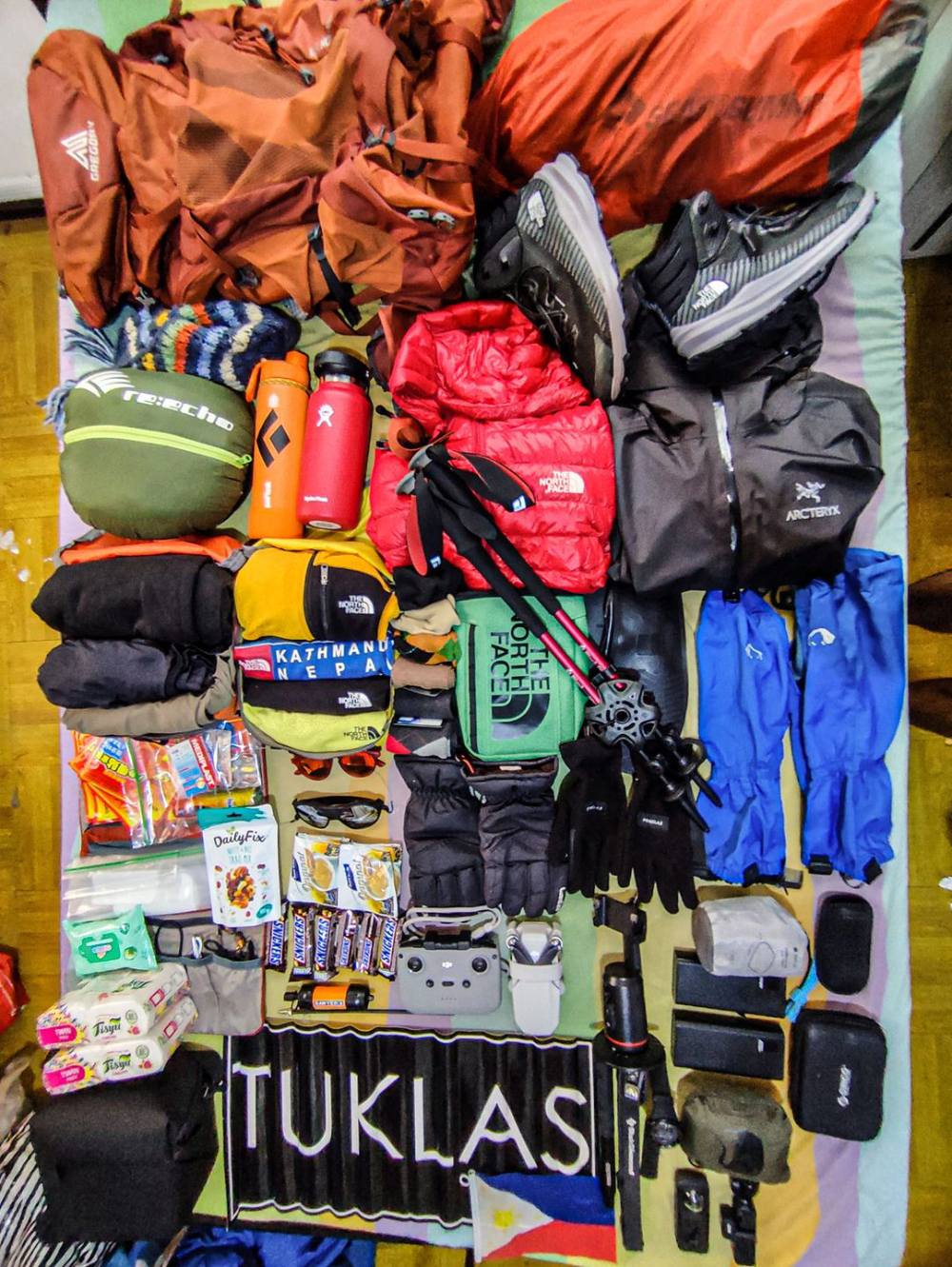
When planning your trek in Nepal, consider equipment and gear costs. Renting gear can be cheaper for short trips. However, buying may be better for frequent trekkers.
Essential items like a good pair of trekking shoes can cost around $100 to $200. Sleeping bags and tents range from $30 to $150.
Proper gear is important for a safe and enjoyable experience. Always check local shops for prices and options.
Tipping in Nepal
Tipping is an important part of trekking in Nepal. It shows appreciation for the hard work of guides and porters.
A suggested tip for guides is around $10 per day, while porters can receive $5 per day. You can give tips at the end of your trek, which is a nice way to thank them.
Tipping can vary based on the quality of service. It’s always good to ask other trekkers for advice.
Remember, your tip helps support local families and communities. So, be generous and show gratitude for their support on your adventure.
Miscellaneous Expenses
When trekking in Nepal, additional costs can add up quickly. Hot showers often come with a fee, and charging electronics can also cost extra.
You might want snacks and drinks along the trail, which can increase your daily expenses. Unexpected expenses can happen too, so it's wise to budget a little extra.
Consider these miscellaneous expenses when planning your trek. They can help you enjoy your adventure without worrying about running out of money.
Always carry some extra cash to cover these costs for a smoother experience on the trail.
Cost Comparison: Luxury vs. Regular Treks
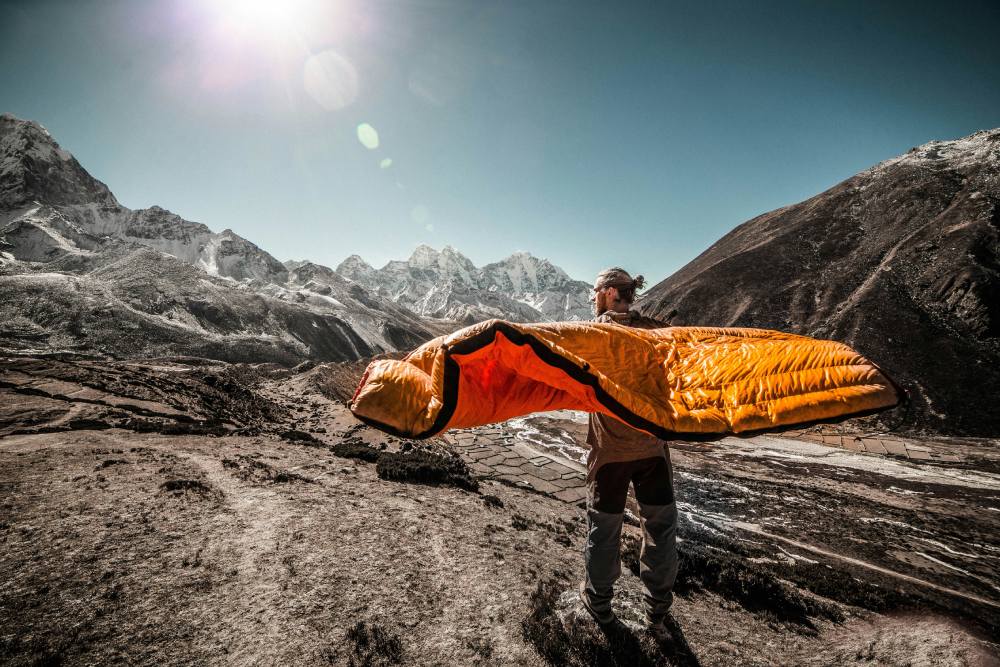
When planning a trek in Nepal, understanding the cost differences between luxury and regular treks is essential.
Luxury treks offer comfort and premium services, while regular treks focus on affordability. Both options provide unique experiences. So choose one that suits your budget and preferences.
Luxury Treks in Nepal
Luxury treks in Nepal offer unique experiences for travellers. Expect high-quality accommodations, gourmet meals, and private guides.
Luxury treks focus on personalized services, ensuring a tailored experience. Their prime goal is to engage guests with locals, providing insights into the culture and the faces of the communities visited.
You will enjoy amenities like hot showers and Wi-Fi, making your journey comfortable. Luxury trekking costs more than standard options, often ranging from $150 to $500 per day. This difference reflects the added comforts and services.
Regular Trekking in Nepal
Trekking in Nepal can be affordable without compromising safety. Start by choosing the right season. Prices are lower in the off-peak months.
Booking in advance also helps secure better rates. Look for group treks, which spread costs across participants.
Prioritize reputable companies for reliable service. This planning reduces hiking in Nepal costs while ensuring a safe and enjoyable experience.
How to Plan Your Budget for a Trek in Nepal
Planning your budget for a trek in Nepal is essential for a smooth experience. Understanding the various costs involved will help you make informed choices. By assessing all factors, you can effectively manage your trek in Nepal cost.
Booking Your Trek
When booking your adventure in Nepal, you can choose between a tour operator and independent trekking.
A tour operator offers guided experiences and support. Because of this reason, it is great for beginners. They handle permits and logistics, making your trip easier.
Independent trekking can save money and provide flexibility. However, it requires careful planning and knowledge of the region. Consider your budget and experience level when deciding.
Tour operators may cost more, but they offer safety and convenience. Research options and read reviews to find the best fit for you. This choice can greatly affect your trekking experience.
Conclusion
Trekking in Nepal is worth every penny you spend. The cost reflects the adventure, the stunning scenery, and the cultural experiences you get along the way.
Trekking in Nepal cost covers permits, guides, and unique experiences that make it memorable. The value of seeing the majestic Himalayas and meeting local people is unmatched.
Start planning and budgeting for your journey now. An unforgettable adventure awaits you, and it's worth investing in.
Nepal offers the perfect mix of beauty, challenge, and culture. This makes Nepal a destination that truly rewards its cost with lifetime memories.

